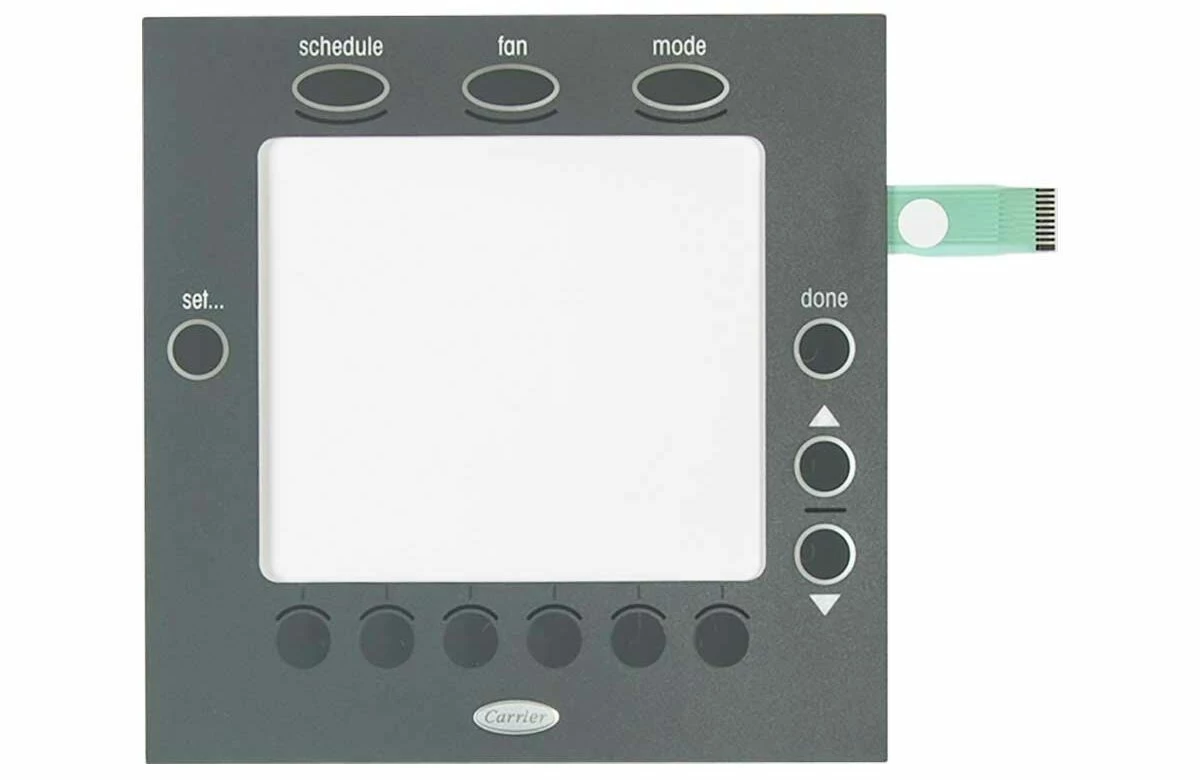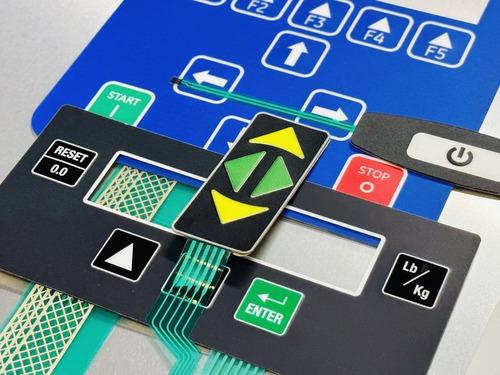The Ultimate Source on Membrane Layer Switches: Style, Functionality, and Applications
Membrane switches serve as an interesting intersection of layout and performance, playing an essential duty in contemporary customer interfaces across various fields. As we explore the diverse applications of membrane buttons, it ends up being evident that their versatility and durability are crucial in environments varying from health care to consumer electronics.

Recognizing Membrane Layer Switches
Membrane layer switches are a type of individual interface technology commonly utilized in numerous digital tools, defined by their thin, versatile style and functionality. These buttons contain numerous layers that include graphic overlays, glue layers, and wiring, allowing a reliable and portable interface for customers. They can be discovered in appliances, medical tools, and industrial control panels, providing a reliable approach for individual interaction.
Among the key benefits of membrane layer switches is their capacity to resist impurities such as dirt and dampness, making them appropriate for settings where durability is necessary. Their low-profile layout permits smooth combination right into various applications, while the customizable graphic overlays improve user experience by providing clear aesthetic feedback. In addition, membrane buttons can suit a selection of modern technologies, such as tactile comments and backlighting, additional improving their use.
The manufacturing procedure for membrane switches over usually includes screen die-cutting, printing, and lamination strategies, making sure accuracy and uniformity in production. On the whole, membrane switches stand for a reliable and versatile solution for modern electronic gadgets, integrating performance with visual charm in interface layout.
Secret Parts and Style Components
A range of vital elements and design aspects collaborated to create an effective membrane button. At the core, the visuals overlay serves both visual and practical functions, using an user-friendly interface while shielding interior parts from environmental variables. The choice of products, normally polyester or polycarbonate, influences durability and responsive comments.
Beneath the overlay, the glue layer ensures the switch sticks securely to the substratum, which can be glass, plastic, or steel. The spacer layer is critical, as it preserves the essential void in between the circuit and the overlay layers, enabling effective actuation. Membrane Switches. Circuit traces, typically made from conductive ink or adhesive, are published on a flexible substratum, enabling electrical signals to be transmitted when stress is used
Style considerations additionally consist of the setup of responsive domes or embossing that supply physical feedback to the customer, improving the general experience. In addition, the design and spacing of the buttons need to be maximized for ease of use, making certain that customers can navigate the interface intuitively. On the whole, these components and design elements work synergistically to develop a trusted, useful membrane button customized to particular applications.
Capability and Operation Device
At the heart of efficient capability for membrane layer changes exists their functional device, which facilitates user interaction with a straightforward yet reliable design. These buttons operate the concept of stress activation, where a customer applies force to an assigned area of the button (Membrane Switches). This action compresses the layers of the switch, completing an electrical circuit that sends a signal to the linked gadget
The building typically consists of a leading visuals layer, a glue spacer layer, and a bottom circuit layer, which collectively create a robust user interface. When pressure is used, the top layer falls down versus the bottom circuit layer, allowing conductive traces to attach. This design not only enables clear tactile feedback however additionally makes certain durability and reliability, as the switches are typically resistant to dust and dampness.
Furthermore, the convenience of membrane layer switches over permits integration with various technologies, consisting of LED indications and microcontrollers, improving their capability. By providing a streamlined user interface that reduces mechanical wear, membrane layer switches over continue to be a popular option in applications varying from customer electronics to commercial equipment, guaranteeing optimal efficiency and individual contentment throughout varied environments.
Sorts Of Membrane Layer Buttons

An additional significant classification is lit up membrane layer switches, which incorporate backlighting to enhance visibility in low-light conditions. These buttons are often made use of in control panels and dashboards where clear presence is important.
In addition, there are custom membrane layer switches over developed to fulfill particular dimensional, graphical, and practical requirements. These modifications can include one-of-a-kind forms, shades, and formats, permitting for smooth combination into different tools.

Applications Across Different Industries
How do membrane layer switches improve functionality throughout varied sectors? In the medical field, membrane switches play helpful resources an essential function in devices such as analysis devices and person tracking systems, where integrity and simplicity of cleaning are extremely important.
In the automobile sector, membrane layer switches are frequently made use of in control panels and control panels, offering user-friendly controls that improve driver safety and security and ease. The customer electronics field also gains from their customizable and lightweight functions, allowing streamlined designs for mobile phones and home appliances.
Additionally, membrane layer switches discover applications in commercial automation, where they contribute to efficient equipment procedure and monitoring systems. Their resistance to dirt and dampness makes sure performance in requiring problems (Membrane Switches). Additionally, the food and drink market employs membrane layer switches for devices control, where hygiene and sturdiness are vital
Conclusion
In final thought, membrane layer switches stand for a vital advancement in customer interface innovation, defined by their unique style and functionality. The adaptability of membrane layer changes facilitates their application throughout varied markets, from medical gadgets to customer electronics.
Membrane layer switches over offer as a fascinating junction of layout and performance, playing an essential function in modern-day user interfaces throughout numerous fields.Membrane layer switches are a type of user interface innovation extensively made use of in different electronic devices, defined by their thin, flexible style and performance.At the heart of efficient functionality for membrane switches over lies their operational system, which assists in user communication with a simple yet effective over at this website layout. These switches operate on the principle of pressure activation, where a user applies pressure to an assigned area of the switch.In final thought, membrane layer switches represent an essential advancement in customer interface modern technology, defined by their unique layout and capability.